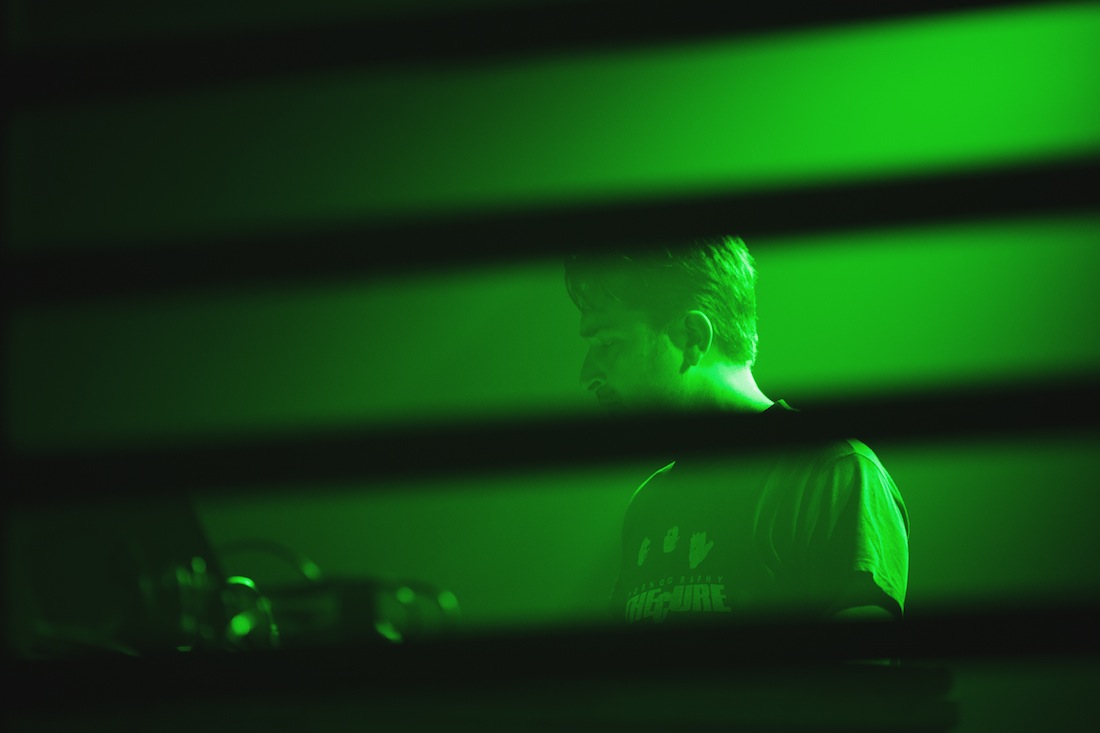Event Review: MIRA 2015
XLR8R traveled to Barcelona to take in the sights and sounds of the five-year-old music-and-art fest.
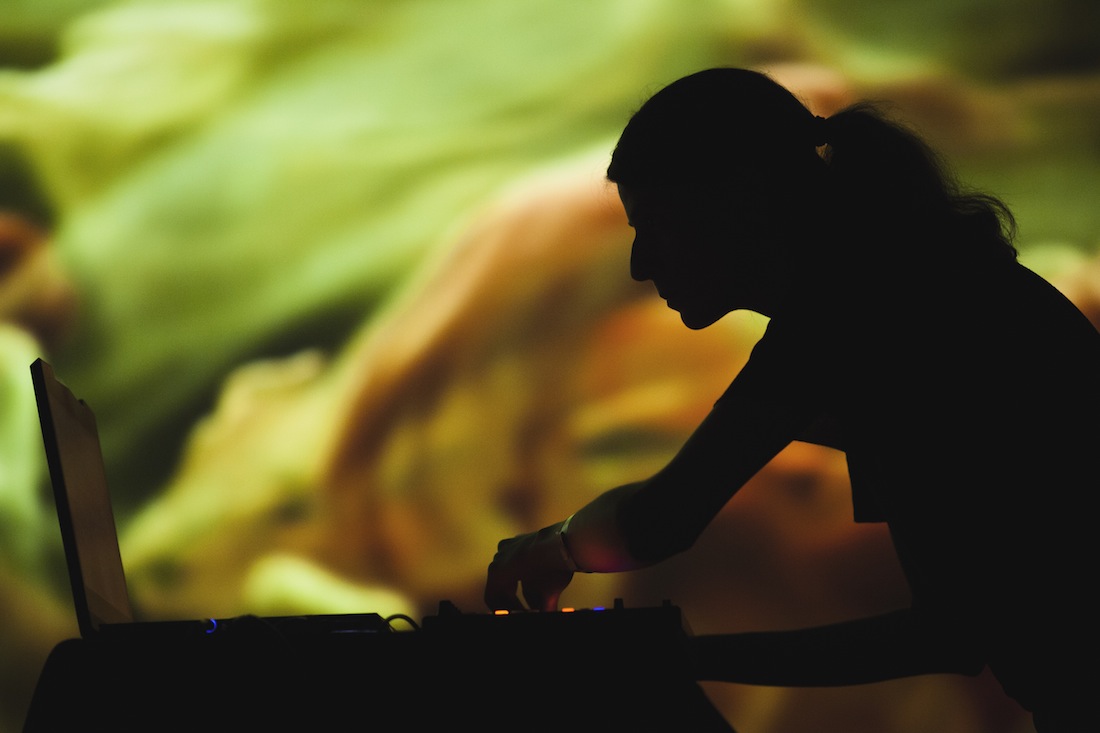
Barcelona’s MIRA Festival aims to provide a platform for live acts and visual artists alike by helping them find engaging new ways of combining their two art forms. For the 2015 installment, which ran from October 30 through November 7, XLR8R made the trip down to Barcelona for the fest’s fifth year of operation. The main festival again took place at the Fabra i Coats venue (an old coat factory located in the north eastern part of the city, in the Sant Andreu district), with the latter part of the closing night taking place at the famed Razzmatazz club. As with previous editions, workshops and other small events were offered throughout the week preceding the two main music nights—featuring left-field, drone, electro and experimental sounds—that took place on Friday and Saturday in the Spanish city.
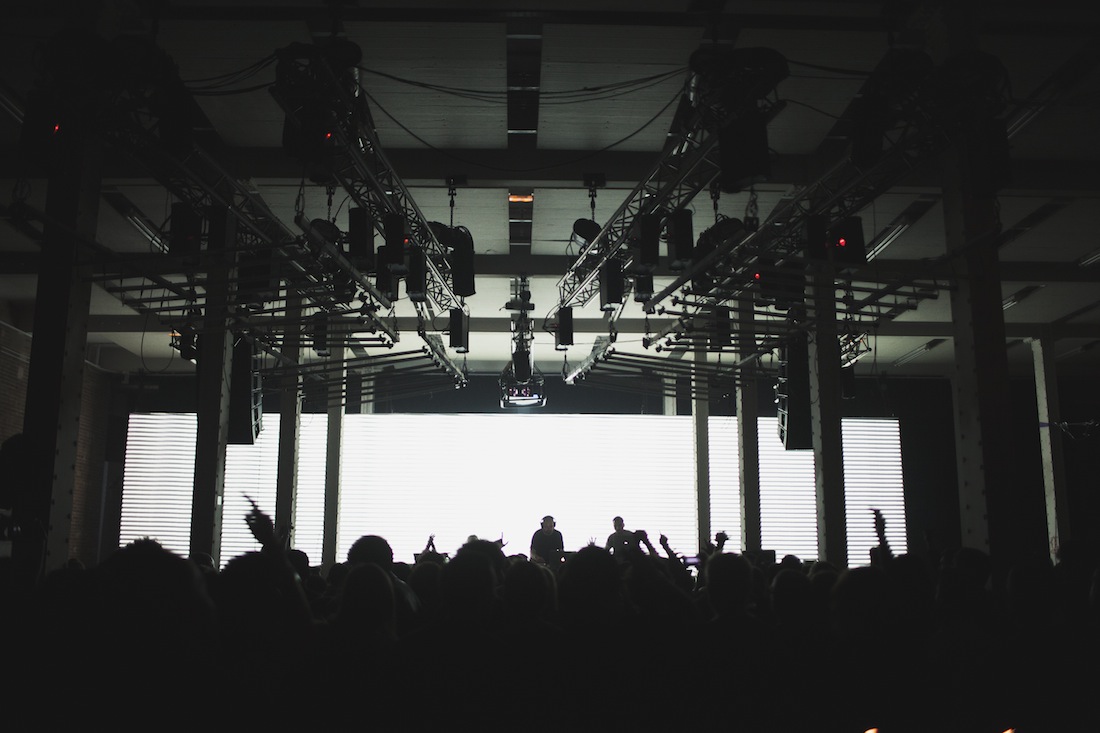
The Fabra i Coats venue was set up with different areas spread throughout the former factory, where an assortment of visual-art installations by artists of both Spanish and international backgrounds could be found. The MIRA dome, erected by Adidas in collaboration with the SAT Montreal, stood outside the factory’s main area. Inside the dome, artists captivated the audience with remarkable audio-visual projections that delightfully undulated and created geometrical shapes against the dome’s ceiling. Although many of the shows inside the dome were impressive, none was more so than “Entropia.” The live, immersive music production, executed by the performer inside a custom LED dome, was one of the most breathtaking and interesting presentations we’ve had the pleasure of witnessing in a long time. The spectators, laying down on the dome’s floor, looked up at the ceiling while mind-bending visuals and music, working in perfect synergy, transported the spectators away into a sci-fi–esque universe. It was, perhaps, the pièce de résistance of the entire festival.
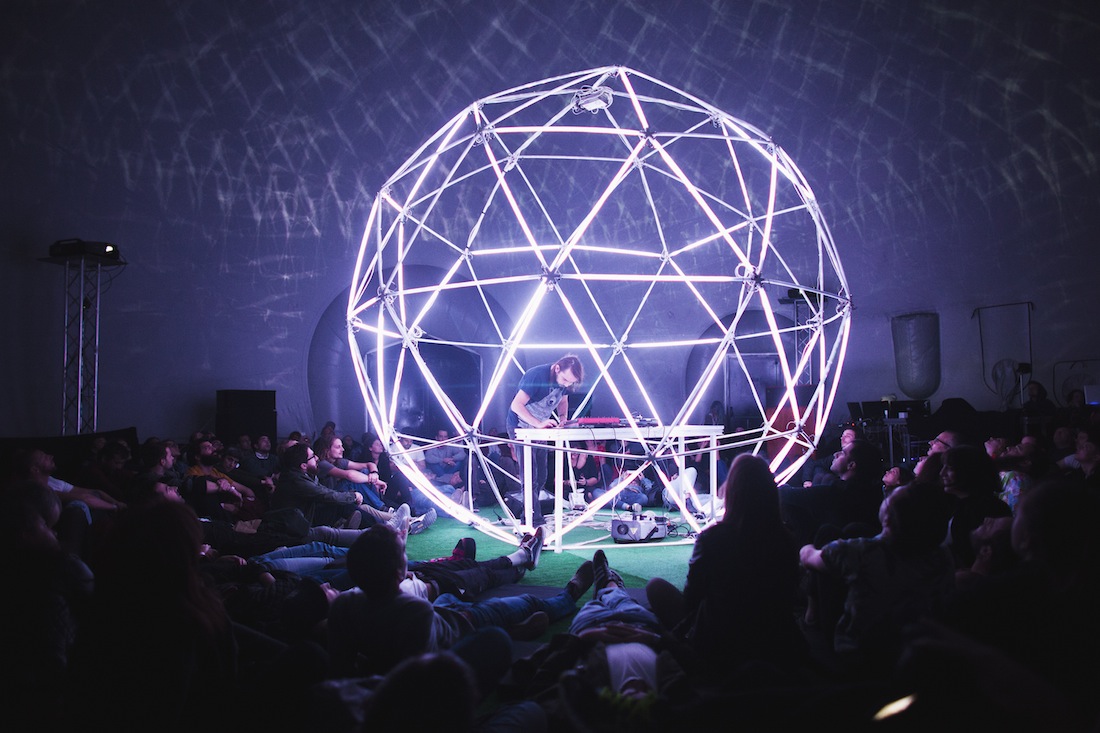
In terms of art installations, the festival knew how to pique our interest.“Timée,” by Guillaume Marmin and Philippe Gordiani, inspired by Plato’s “music of the spheres” theory, was another one of the festival’s coups. Upon entering the installation’s room, the audience was engulfed in darkness and transported into an improbable, kinetic world, where rotating spheres projecting beams of light created both chaotic and harmonious systems that were triggered along with sounds, leaving us genuinely impressed.
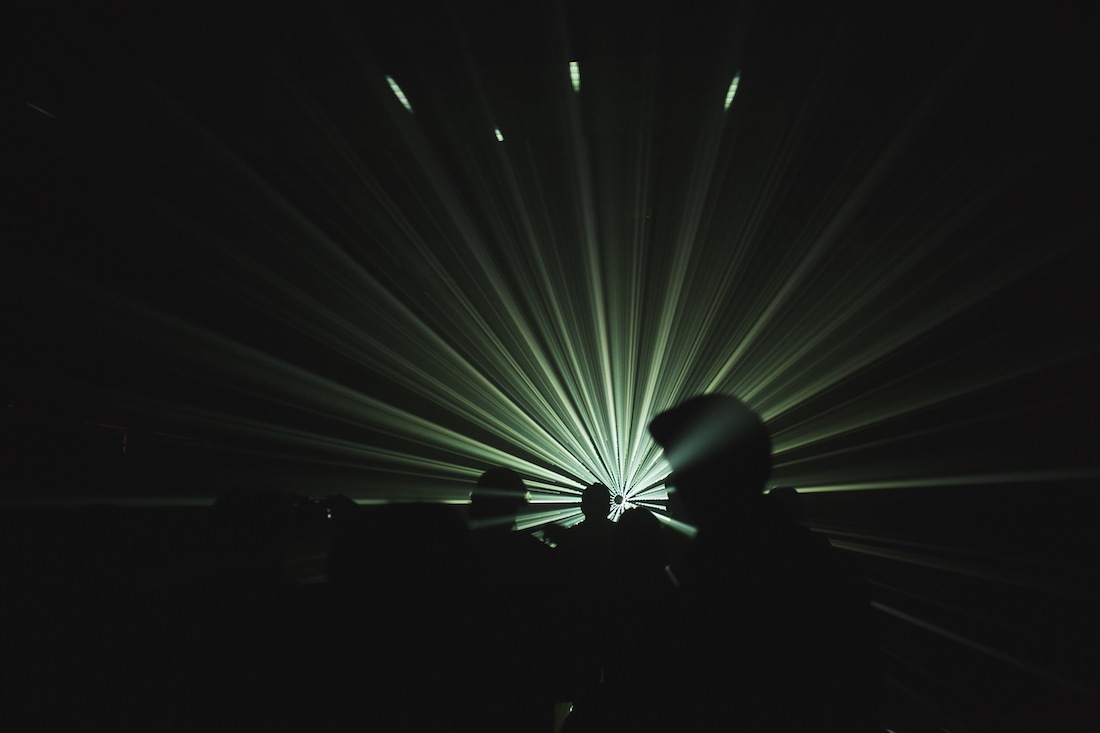
There were also highlights among the main stage’s musical offerings, the primary one courtesy of Ryan Lee West (a.k.a. Rival Consoles). The London-based producer managed to deliver a wonderfully executed set; aided by his synths, he created organic and otherworldly atmospheres with a sound that was both delicate and rousing. Los Angeles beatmaker Nosaj Thing, with his trademark ethereal and upbeat rhythms that kept the crowd dancing, was another favorite—albeit with less-than-exciting background visuals. Detroit’s Dopplereffekt was unequivocally another high point, as the enigmatic duo’s Kraftwerk-style synth melodies and equally appealing visual elements elevated the performance.
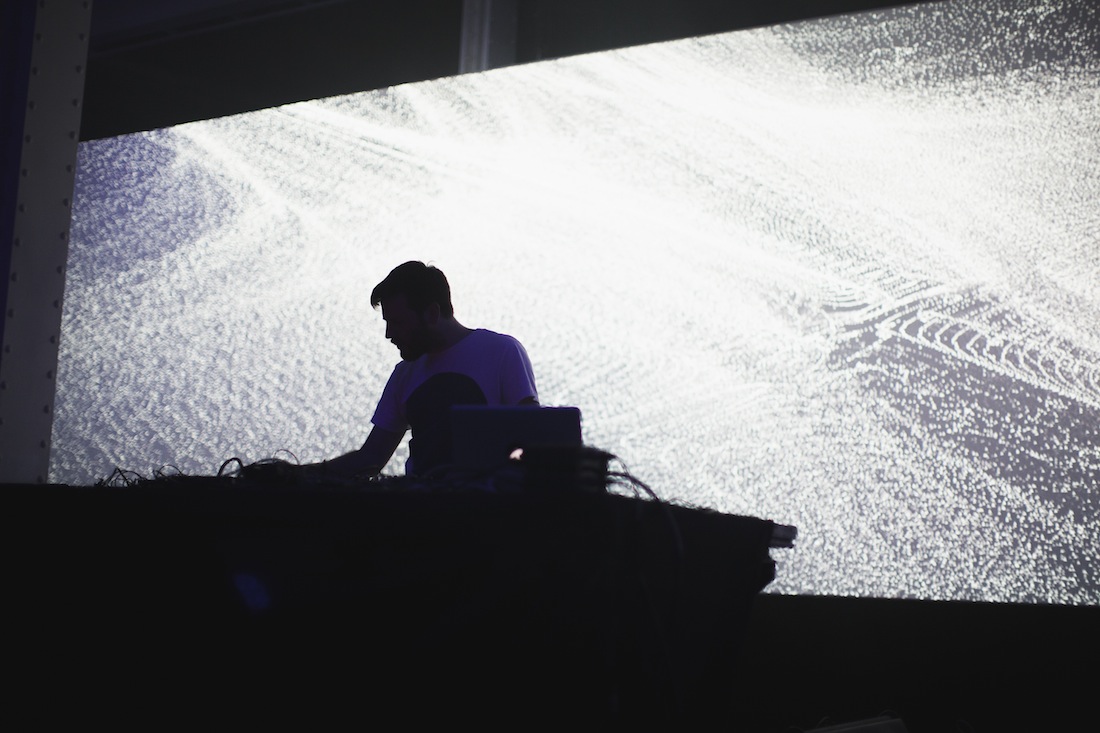

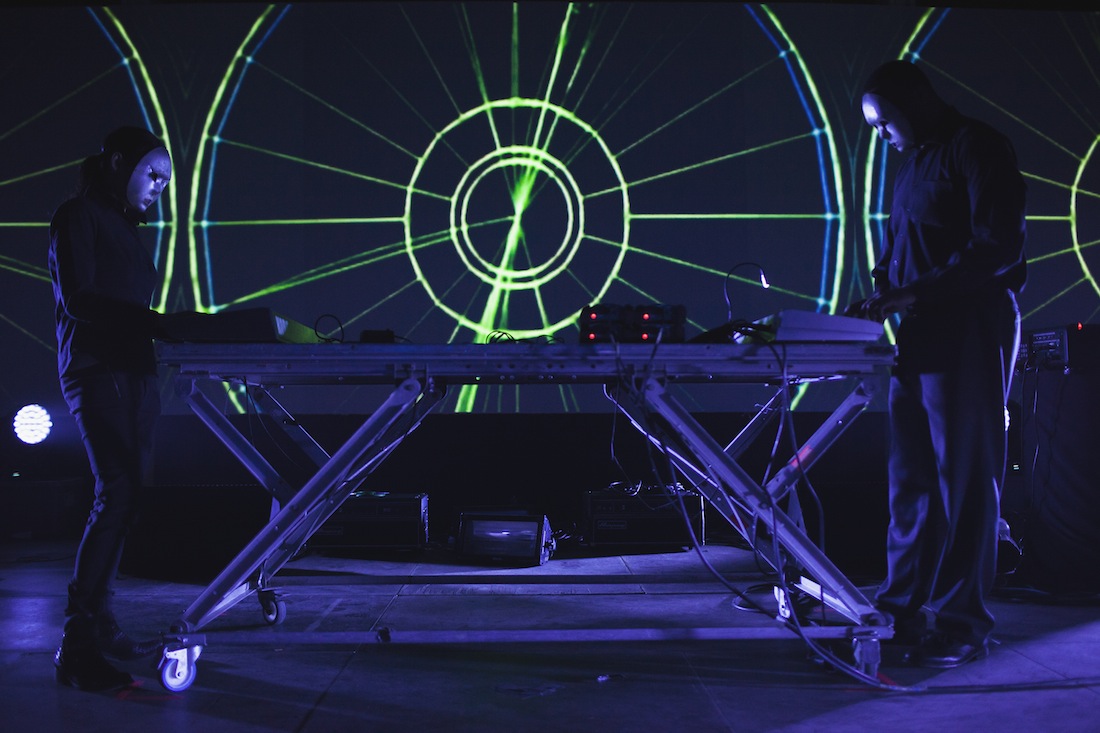
For all these successes, however, the MIRA experience couldn’t help but leave us with mixed feelings. While there were certainly enchanting moments, we question whether the bridge between live acts and visual artists was successfully established; the visual accompaniments to the performances on the main stage sometimes paled in comparison to the beauty of the music happening on it. The art installations, in contrast, were often stronger—thus taking the spotlight away from the music showcases. The lack of harmony between art forms resulted in a certain disconnect that was particularly felt on the first night. Despite this, MIRA assuredly managed to provide stand-out moments—whether it was enough to keep us intrigued for the upcoming editions remains to be seen.
All photos: Albert Ruso

